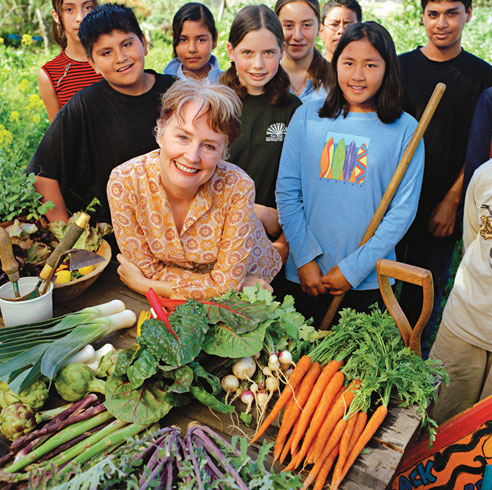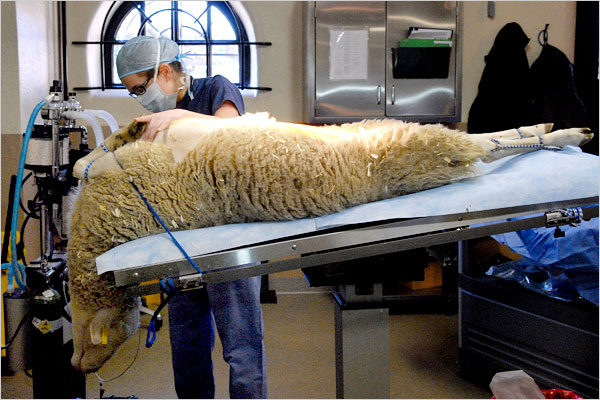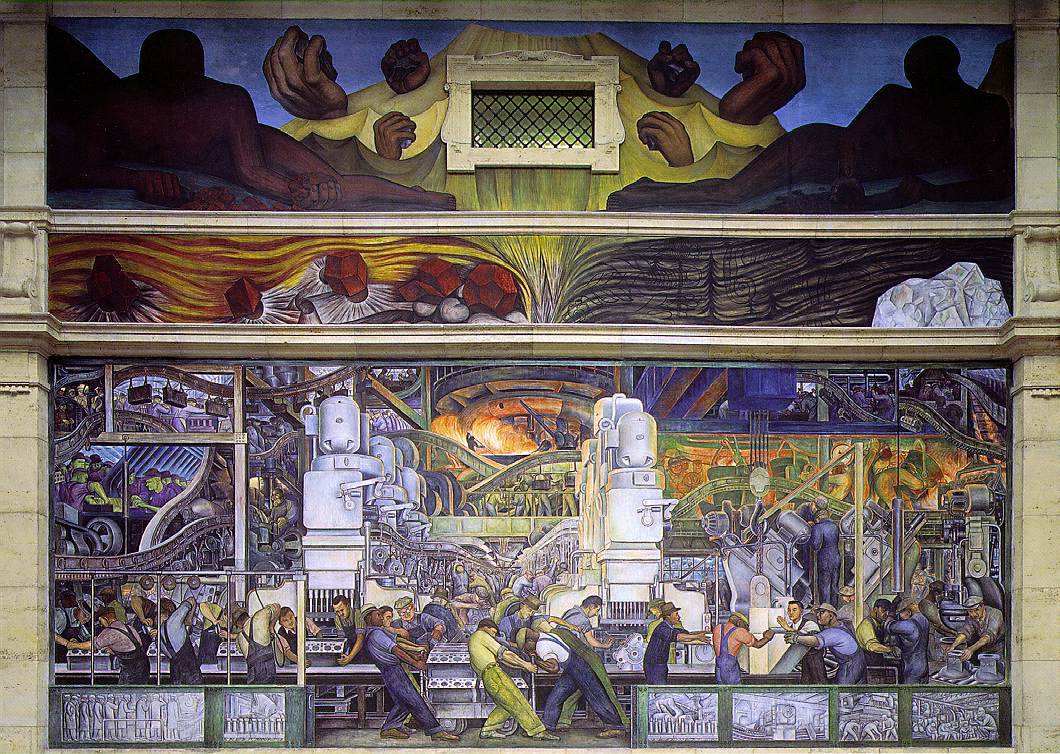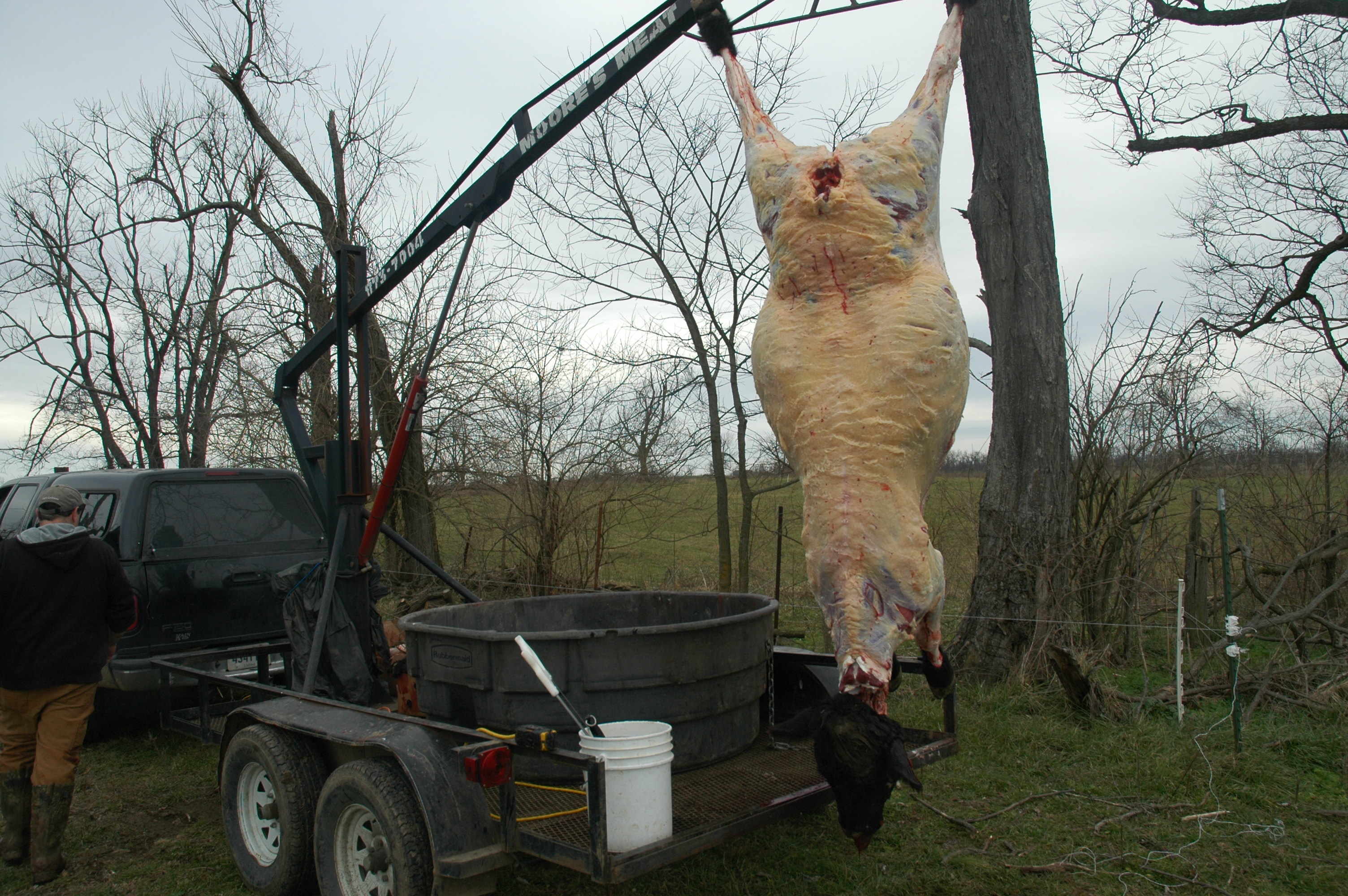
If only Alice Waters and do-gooder school administrators would stop destroying our country!
Contrary is good. I’m all about the contrary. Received wisdom is often really, really wrong. But something happened to the concept of contrary in the oughts, to the point where being contrarian became pretty much synonymous with railing against the sacred cows of liberals or, as they are known on Fox News, the “politically correct.”
Here is a catalog of some of the hits and near-misses of contrarian (or counter-intuitive) thinking, through the past decade, as compiled by Alex Pareene, then of New York magazine:
Boys are the biggest victims of sex discrimination.
Breast-feeding is not worth the trouble.
Bush’s second term will be good for liberals.
Car seats are unsafe.
Consumption isn’t just good for the economy, it’s good for the soul.
Conventional wisdom is right.
Corporate fraud should not be punished.
The Iraq War was a success.
Gosh. Do you see a pattern here? Writes Pareene: “In the aughts, the shocking hidden side of everything became the only side of anything worthy of magazine covers and book deals. Social scientists applied their techniques to the problem of climate change; liberals who wanted to be taken seriously had to come up with arguments for conservative policies and vice versa.”
I’m not too sure about the vice versa part. Please feel free to enlighten me about conservatives coming up with arguments for liberal policies in the oughts, or aughts, or whatever that decade was called. In fact, I would argue that nearly every contrarian take in major media was a snooty, arch, convoluted defense of … exactly the way things were. The stock market’s rocking [this is pre-2008]; we, the high-end journalists, are doing awfully well; and what WERE we thinking during Vietnam? The military is so cool! NAVY SEALS! Watch, we’ll win these wars yet, and you stupid hippies will be sorry! Global warming? NOT SO FAST. There are many unanswered questions about it, you know…..
Last fall, the Economist had an article titled “Contrarianism’s end?” which featured this spot-on definition of contrarianism: “a cheap way of allowing ideological hacks to think of themselves as fearless, independent thinkers, while never challenging (in fact reinforcing) the status quo.”
So now. Contrarianism’s moment has passed, but Caitlin Flanagan didn’t get the memo. In Cultivating Failure, Flanagan (“the rich lady who’s made a career of telling you what a bad wife and mother you are for needing to work”) launches a by-the-numbers hatchet job on Alice Waters (“dowager queen of the grown-locally movement”) and her diabolical introduction of gardens into the curriculum of California schools.
Flanagan plays the concern troll to perfection. She really only has the well-being of an imaginary child of Mexican immigrants in mind, whose family has risked everything to come north for a better life. A “cruel trick has been pulled on this benighted child [!] by an agglomeration of foodies and educational reformers who are propelled by a vacuous if well-meaning ideology that is responsible for robbing an increasing number of American schoolchildren of hours they might other wise have spent reading important books or learning higher math (attaining the cultural achievements, in other words, that have lifted uncounted generations of human beings out of the desperate daily scrabble to wrest sustenance from dirt).”
These poor Mexican children come to America with aspirations to a nice job in a cubicle somehere. But, irony of ironies, these pobrecitos, they are forced to pick lettuce in school! Just like the parents (although just MAYBE with slightly better work conditions).
“Wresting sustenance from dirt” is so NOT the American way! And that Alice Waters! She’s “the founder of Chez Panisse, in Berkeley, an eatery where the right-on, ‘yes we can,’ ACORN-loving, public-option-supporting man or woman of the people can tuck into a nice table d’hôte menu of scallops, guinea hen, and tarte tatin for a modest 95 clams—wine, tax, and oppressively sanctimonious and relentlessly conversation-busting service not included.”
“Yes we can”-baiting? “Public-option-supporting”-baiting? ACORN-baiting? (speaking of Fox News whipping boys!) ACORN?????? In the venerable pages of the Atlantic Monthly? (Well, it need hardly be said that this is not the same institution that published Mark Twain and King’s “Letter from Birmingham Jail.”)
Flanagan proceeds to doggedly erect and knock down a number of straw men, including the statement made by “a pro-Waters friend” (maybe, I’m just guessing, soon to be ex-friend) that “There’s only 7-Eleven in the hood.”
Au contraire. Brave Caitlin drives to Compton to discover a Superior Super Warehouse, a shining “example of capitalism doing what it does best: locating a market need (in this case, poor people living in an American inner city who desire a wide variety of fruits and vegetables and who are willing to devote their time and money to acquiring them) and filling it.”
Also, she finds time to visit with the “founder and CEO” of charter schools in Los Angeles, who reminds her, high-mindedly, that “[t]he only question in education reform that’s worth anything is this: What are you doing to prepare these kids for college? If I can get a kid to read Shakespeare and laugh at the right places, I can get him to college. That’s all that matters to me.”
For Flanagan, school gardens represent nothing less than a potential “act of theft that will not only contribute to the creation of a permanent, uneducated underclass but will rob that group of the very force necessary to change its fate.” Does she mention any other factors that figure in the creation of this underclass? Nope. Any delving into the upside of the school garden program, or mention of the only slightly problematic industrial food system in America? No, not really. Basically, Get back into the classroom, kids. No need to grow your own food! Let capitalism do what it does best, and by the way, maybe it’d be best to leave education to privatizing charter school CEOs.
What’s become of the Atlantic Monthly? This is just kind of sad.



